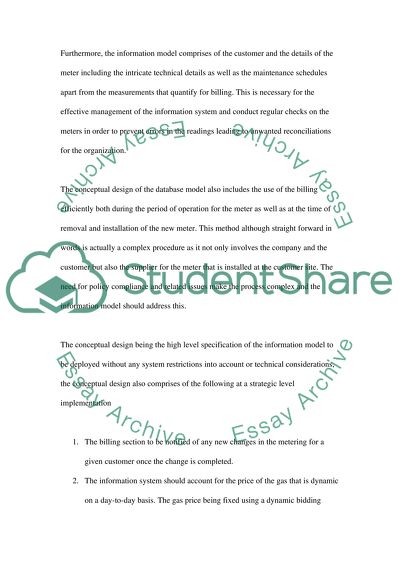Cite this document
(“Database Design Essay Example | Topics and Well Written Essays - 3500 words”, n.d.)
Database Design Essay Example | Topics and Well Written Essays - 3500 words. Retrieved from https://studentshare.org/technology/1524097-database-design
Database Design Essay Example | Topics and Well Written Essays - 3500 words. Retrieved from https://studentshare.org/technology/1524097-database-design
(Database Design Essay Example | Topics and Well Written Essays - 3500 Words)
Database Design Essay Example | Topics and Well Written Essays - 3500 Words. https://studentshare.org/technology/1524097-database-design.
Database Design Essay Example | Topics and Well Written Essays - 3500 Words. https://studentshare.org/technology/1524097-database-design.
“Database Design Essay Example | Topics and Well Written Essays - 3500 Words”, n.d. https://studentshare.org/technology/1524097-database-design.


